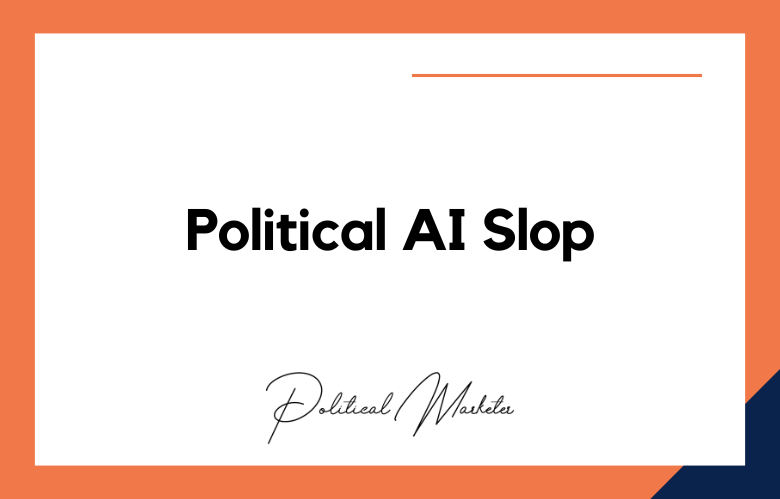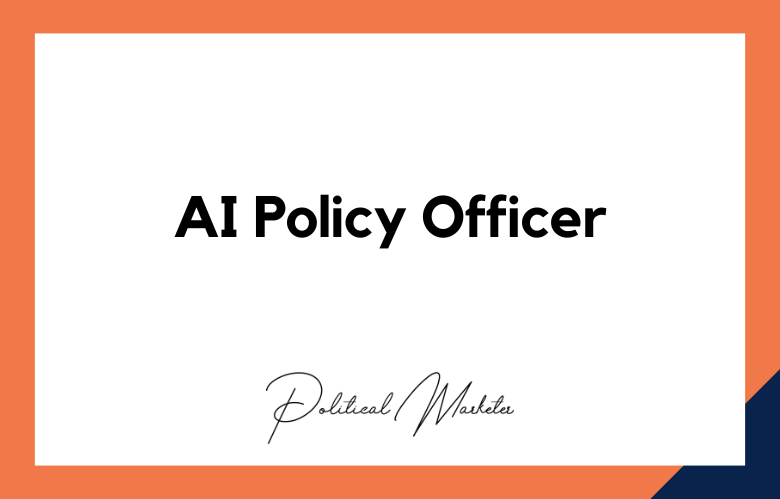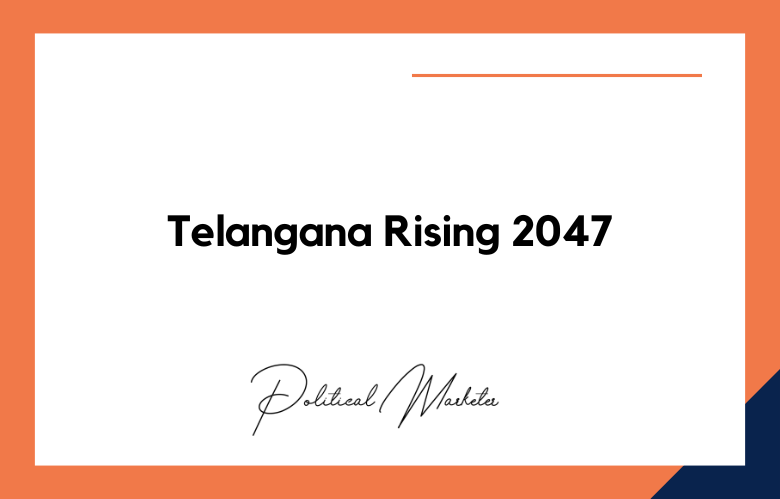Social media is such a powerful tool in today’s digital age that politicians cannot afford to ignore it. With billions of active users on various social media platforms, it presents an excellent opportunity for politicians to connect with their constituents, engage with them, and influence their opinions. However, to maximize the benefits of social media, politicians need to use it correctly. We will discuss ways political leaders can maximize their social media influence.
The Power of Pixels: How Political Leaders Can Maximize Social Media Influence
In today’s digital age, social media has become an integral tool for political leaders to connect with constituents, spread their message, and mobilize their base.
With the right approach, politicians can leverage the power of pixels to amplify their reach and influence online and offline. So, what strategies can political leaders use to maximize their social media impact?
First and foremost, political leaders must clearly understand their target audience and tailor their social media content accordingly.
This means analyzing demographics, interests, and online behavior data to craft messages that resonate with their followers. For example, a candidate running for a local election may prioritize content that showcases their commitment to community-building and highlights local issues.
Secondly, political leaders must establish consistent branding across their social media platforms.
This includes using the same profile picture, header image, and color scheme to create a recognizable and cohesive brand. This enhances their credibility and makes it easier for their followers to identify the content in their newsfeeds.
Tweeting to Victory: Unlocking the Potential of Social Media for Political Influence
The role of social media in political campaigns has become increasingly important in recent years, with politicians and political organizations recognizing the potential to reach a wider audience and engage with voters on a more personal level.
A recent study by the Pew Research Center found that nearly two-thirds of American adults use social media, providing a vast and diverse audience for political messaging.
In addition to its reach, social media offers unique features such as real-time feedback, targeting specific demographics, and the potential for viral sharing. These factors can make or break a political campaign, as seen in recent elections where social media played a crucial role in shaping public opinion.
However, using social media for political influence requires a nuanced understanding of the platform and its users. Simply posting generic messages or engaging in divisive language can backfire and damage a candidate’s reputation.
Mastering the Hashtag: A Guide for Political Leaders on Maximizing Social Media Influence
In recent years, social media has become vital for political leaders to connect with their followers and influence public opinion.
It is no longer adequate for politicians to have a social media presence; instead, they must master hashtags to maximize their influence and reach on various platforms.
When used effectively, hashtags can help political leaders connect with their target audience and amplify their message. Political leaders must ensure they are using relevant and trending hashtags to increase their posts’ visibility and the likelihood of their content reaching the desired audience.
In addition, political leaders must ensure they are using hashtags that align with their brand and message. It is crucial to have a consistent and cohesive approach to hashtags to maintain a solid online presence and expand their reach.
Moreover, political leaders must be aware of the potential risks associated with hashtags and ensure they are not inadvertently using a hashtag associated with an opposition group or an unpopular opinion. This can result in backlash and damage to their reputation.
From Likes to Votes: Harnessing Social Media Influence in Politics
With the rapid proliferation of social media platforms, politicians are beginning to realize the immense potential of harnessing social media influence to garner public support and secure electoral success.
From the likes and retweets of a candidate’s posts to the overall sentiment of users engaging with political content, social media provides a valuable trove of data that can be leveraged to optimize political campaigns.
In recent years, we have witnessed numerous political campaigns utilizing social media to their advantage. Twitter, in particular, has emerged as a popular platform for politicians to connect with their constituents, convey their messages, and rally support.
The 2016 US presidential elections are a prime example of how Donald Trump, with his unprecedented Twitter activity, dominated the social media conversation and managed to win the election.
Understand Your Audience:
First, it’s essential to understand your audience. Who are they? What are their interests, what are their needs, what are their values, and what motivates them? By understanding your audience, you can create a social media strategy tailored to meet their expectations. You can also use this information to craft your messages to resonate better with them.
Focus on Relevant Platforms:
Being on all available social media platforms doesn’t necessarily mean you will reach everyone or be effective. Political leaders must identify and focus on popular platforms among their target audience and focus once Instagram and TikTok are popular with younger audiences. At the same time, Facebook is popular with older people.
Be Consistent:
Consistency is critical in social media marketing. Political leaders who post regularly and consistently will keep their followers engaged and interested. Set a schedule for posting, and ensure that your social media accounts come to life regularly.
Use a Mix of Visuals and Text:
We live in a world where people prefer watching videos and looking at pictures rather than reading long-form copies. Using visuals such as videos, GIFs, infographics, and text will engage your followers further. Consider the message you want to communicate and choose the best format.
Engage with Your Followers:
Social media is a two-way street. Political leaders must actively engage with their audience by promptly responding to comments and messages. Creating conversations around current events and discussing what matters to your followers is also crucial.
Conclusion:
Social media is an excellent tool for political leaders to influence opinions, connect with constituents, and communicate their messages. However, to maximize its potential, politicians must use social media correctly.
By understanding their audience, focusing on relevant platforms, being consistent, using a mix of visuals and text, and engaging with followers, political leaders will be well on their way to maximizing their social media influence.
Call: +91 9848321284
Email: [email protected]
Maximizing Social Media Influence for Political Leaders: FAQs
What does it mean for a political leader to have social media influence?
It refers to a leader’s ability to shape public opinion, mobilize supporters, and dominate digital conversations through consistent, authentic, and engaging content on platforms like X (Twitter), Facebook, Instagram, and YouTube.
Why is social media essential for modern political leadership?
Social media offers direct, unfiltered access to constituents, bypassing traditional media gatekeepers and enabling real-time communication and response.
How can political leaders build an authentic digital presence?
By showcasing personal stories, engaging directly with followers, maintaining a consistent tone, and responding sincerely to both praise and criticism.
Which platforms are most effective for political leaders?
X (formerly Twitter) for real-time updates and media engagement, Facebook for community building, Instagram for visual storytelling, and YouTube for long-form messaging.
What kind of content works best for political influence?
Authentic videos, behind-the-scenes moments, infographics on policies, live Q&As, and consistent updates on political positions or local issues.
How frequently should political leaders post on social media?
Consistency is key. While frequency depends on the platform, maintaining a regular posting schedule builds familiarity and trust.
Should political leaders use paid promotion or only organic content?
A combination is ideal. Organic content builds authenticity, while paid promotion ensures wider reach, especially during campaigns.
What role do hashtags play in political messaging?
Hashtags help amplify visibility, unify conversations, and connect a leader’s message to trending or cause-related topics.
Can social media replace traditional media outreach?
Not entirely. While social media is crucial, it should complement rather than replace traditional media for comprehensive reach.
How can leaders handle social media criticism effectively?
By addressing genuine concerns respectfully, ignoring trolls, and using criticism as an opportunity to clarify or educate the audience.
What metrics should political leaders track on social media?
Engagement rate, follower growth, content reach, shareability, sentiment analysis, and click-throughs on policy-related content.
How important is visual branding on political profiles?
Extremely important. Cohesive branding through banners, profile pictures, and color schemes builds visual recognition and professional credibility.
What are the risks of unmanaged political social media accounts?
Misinformation, off-brand messaging, PR crises, and lack of responsiveness can damage reputation and credibility.
Should political leaders hire a social media team?
Yes. A dedicated team ensures content consistency, fast response times, strategic messaging, and crisis management readiness.
How can political leaders leverage live video sessions?
Live sessions humanize leaders, allow real-time interaction, and provide a platform to explain complex policies directly to constituents.
What is the impact of influencer collaborations in political campaigns?
Partnering with trusted public figures can amplify messages, expand reach to new demographics, and increase campaign credibility.
How can storytelling enhance a political leader’s social media presence?
Narratives that showcase struggle, service, and citizen stories build emotional connections and foster deeper public trust.
What’s the best way to handle multiple social platforms?
Use platform-specific strategies while maintaining a unified voice across all channels, supported by scheduling tools and analytics.
How do memes and humor play into political influence?
If used appropriately, they can increase relatability, boost engagement, and make political messages more digestible—especially for younger audiences.
Can social media be used to drive voter turnout?
Absolutely. Social platforms are powerful tools for voter education, registration reminders, event promotion, and mobilizing support on election days.










